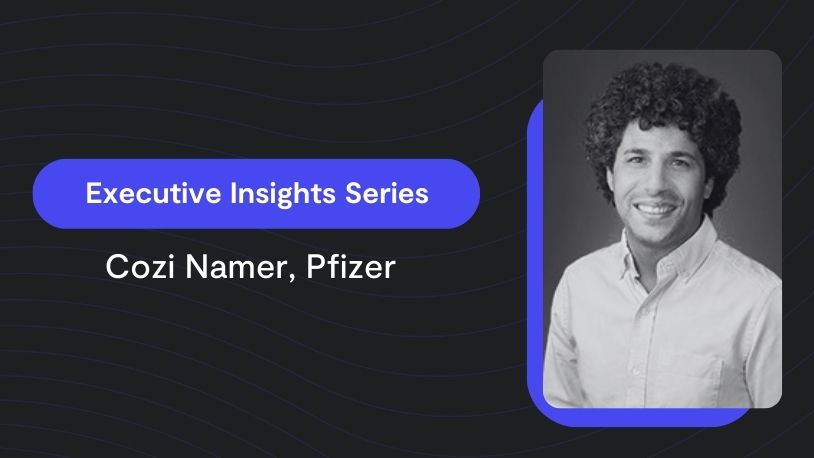
My data-driven approach to fast-casual dining: Henry Meng of Chinah
In our Executive Insights series, we hear from visionary business leaders as they navigate complex data challenges and uncover valuable insight along the way.
Meet Henry Meng, Chinah’s co-founder, on a mission to introduce homestyle Chinese cooking to the U.S. with a twist. From his role as CFO and analytics head, Henry presents a customer-focused and data-driven approach to fast-casual dining. Here, he shares how he measures the marketing funnel to uncover key “aha” moments.
Name: Henry Meng
Company: Chinah, a start-up fast-casual restaurant chain
Title: Co-founder and CFO
Some previous roles: Dandy
Industry: Finance and FoodTech
What are your top 5 most important KPIs for you and your work?
In running a fast-casual restaurant chain, I’m carefully looking at metrics like:
- Cohorted retention rate on first-time, second-time, and regular customers (3+ visits). I’m also reviewing other cohorted dimensions such as calendar month and what product a customer ordered in their first order.
- Net Promoter Score (NPS)
- Customer base and customer capture rate (percentage of our customer base visiting each day)
- The conversion funnel starting from “never heard of it” and leading to “pre-sale,” “sale,” “onboarding,” and finally “ramped” (with “promoter” or “churn” if applicable) is critical for any business to understand. The pre-sale phase often has a sub-funnel that leads to a specific “aha!” moment and onboarding also has a product-specific sub-funnel. Although, I’ve found that modern data privacy rules make measuring the initial leg before pre-sale challenging.
- While precise estimation isn’t possible, we also look at rough ROI and/or profit and loss attribution of major business decisions
Why is data integral to what you do?
Data is key to our decision making because we need to be able to validate hypotheses both anecdotally/qualitatively and systematically/quantitatively. We take customer feedback very seriously as a qualitative feedback loop.
However, the hidden or passive feedback we can collect quantitatively is often just as telling. For example, I was able to validate that our Brooklyn store launch in October was a massive success within two days. Why? Because 20 percent of customers who visited for the first time revisited within a week. Two or three percent revisited within the same day.
Those numbers may not mean much out of context, but believe me, that is a stellar performance. We were relying on several hunches based on qualitative feedback and thankfully they paid off.
What is the biggest data challenge you face on a daily basis?
Unfortunately, lack of solid data capture processes for data that needs to be manually curated holds us back.
What advice would you give to your younger self related to data and metrics?
Keep holding yourself to a high standard and never settle for anything less. Nobody may recognize the little things you do today but I promise it will pay off. Specifically, in the data space, never let inefficiencies compound, regardless of how small they may be. Always pick up those pennies because they add up.







































